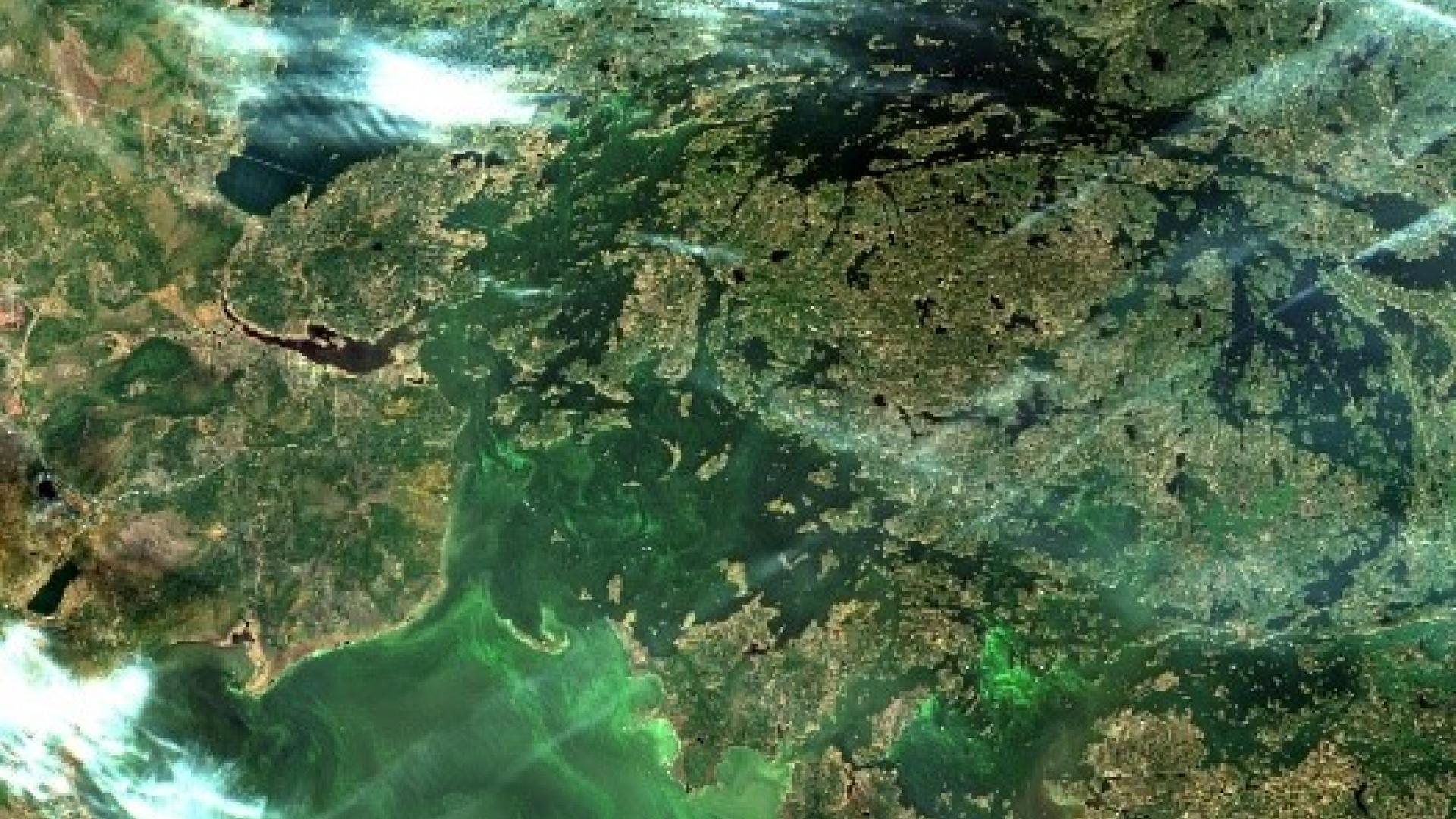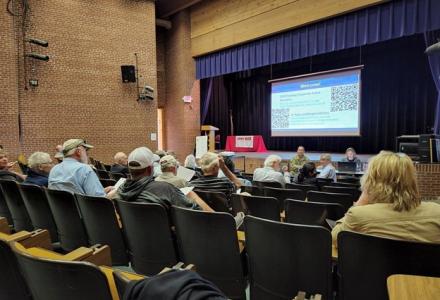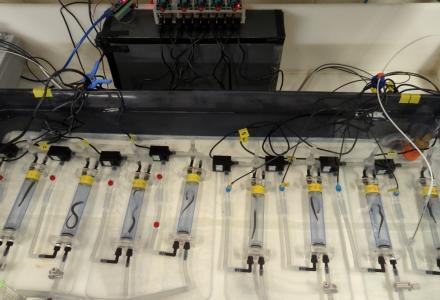
Algae blooms during late summer and fall on Lake of the Woods remain a concern, as highlighted in a recent Rainy-Lake of the Woods Watershed Board annual Aquatic Ecosystem Health Report.
This perennial problem plagues Lake of the Woods, with increased severity of blue-green algae blooms in recent decades. There have been widespread blue green algae blooms across the “Big Traverse” or southern basin of Lake of the Woods, beginning in early summer. By fall, blooms cover most of the lake, including the middle channel and north central basin around Kenora, Ontario. Blooms persist well into late October.

In October 2017, the IJC Rainy-Lake of the Woods Watershed Board released its annual report on water quality and aquatic ecosystem health in the Rainy-Lake of the Woods basin, covering the period of 2015-2016. The primary focus is on inputs of the nutrient phosphorus to the Lake of the Woods and the Rainy River. The Rainy-Lake of the Woods basin encompasses about 70,000 square kilometers (27,000 square miles) from the outlet of Lake of the Woods at Kenora, Ontario, upstream to the Rainy River headwaters near Lake Superior. This binational basin straddles the borders of Ontario, Manitoba and Minnesota, with 59 percent in Canada and 41 percent in the United States.

Invasive Species
Invasive species are another significant concern raised in the board’s report, with high potential for new introductions and spread of existing invaders. Spiny water flea and rusty crayfish have spread throughout most of the boundary waters. Zebra mussels were first discovered in 2013 in a few headwaters lakes in the watershed and have spread downstream into the Big Fork River. Zebra mussels have not been found in the Rainy River or Lake of the Woods.
Vigilance of the public and governments is essential to prevent further introductions or spread of zebra mussels and other invasive species in the Rainy-Lake of the Woods basin. The basin is particularly vulnerable due to its popularity as a tourist destination and its proximity to the Great Lakes, the Mississippi basin and the Red River basin, where zebra mussels and other invasive species are prevalent.
Other indicators of aquatic ecosystem health are covered for many of the major boundary water lakes in the watershed. Highlights include:
- Nutrients and algae remain a concern for Lake of the Woods, with total phosphorus concentrations exceeding Minnesota and Ontario criteria. Widespread blooms of blue green algae continue to occur.
- Tributaries to the Rainy River frequently exceed the IJC Alert Level for phosphorus. That level is based on Ontario’s Interim Provincial Water Quality Objective of 30 micrograms per liter for total phosphorus.
- Fish populations are generally in a good state, although there are concerns about over fishing in some areas, particularly for walleye in some northern sectors of Lake of the Woods.
- A coordinated monitoring program between Canada and the U.S. is needed to support a systematic approach to long term monitoring, assessment and adaptive management.
The full report is available at the Rainy-Lake of the Woods Watershed Board website.
Further information about the Watershed Board also may be found at board website.
Questions or comments may be addressed to the board secretaries:
- Diane deBeaumont, Canadian Secretary, debeaumont@canada.ca
- Scott Jutilla, U.S Secretary, A.Jutila@usace.army.mil.

Executive director of the Lake of the Woods Water Sustainability Foundation (LOWWSF) in Kenora, Ontario, and a member of the IJC Rainy-Lake of the Woods Watershed Board.



